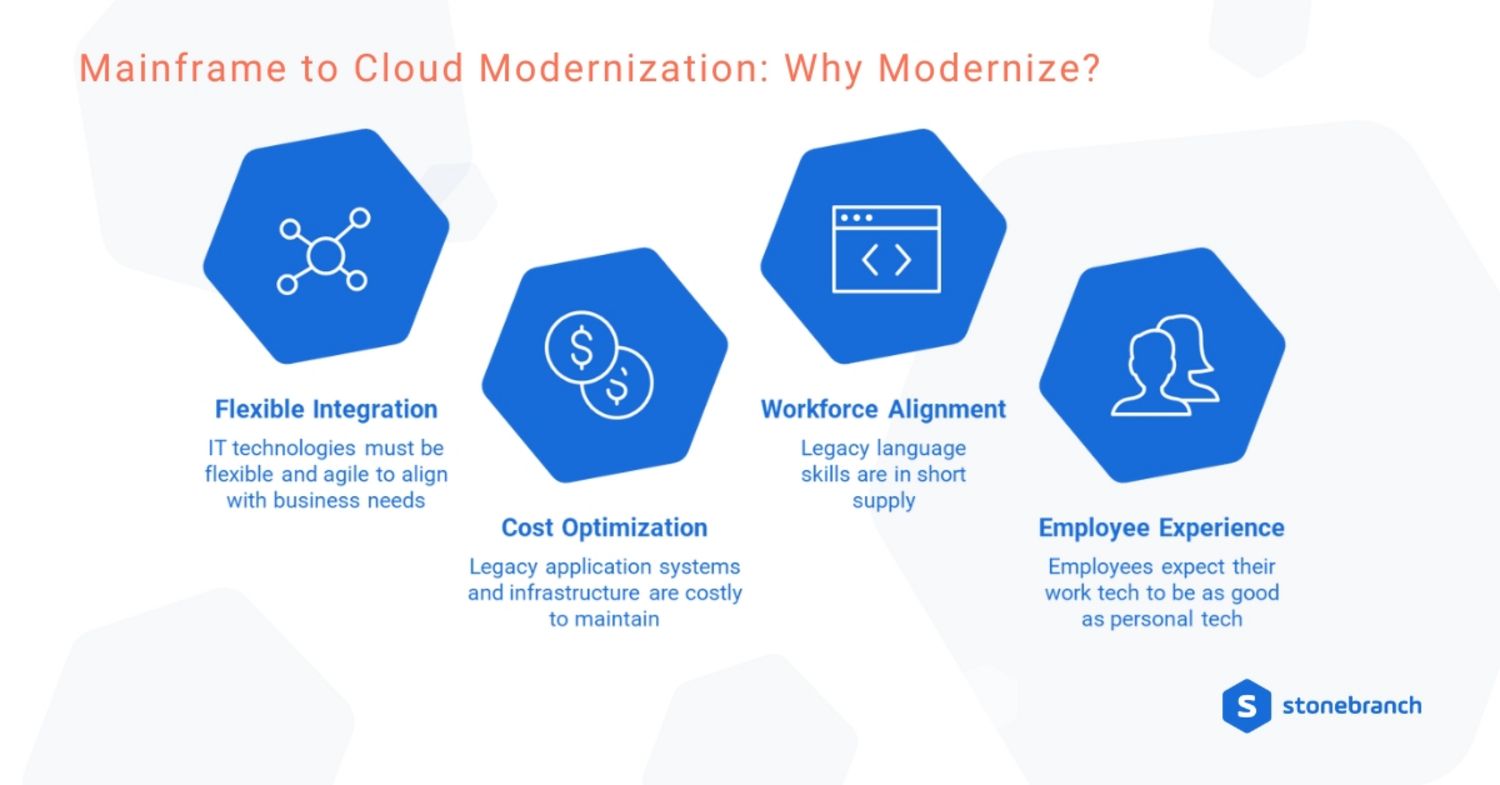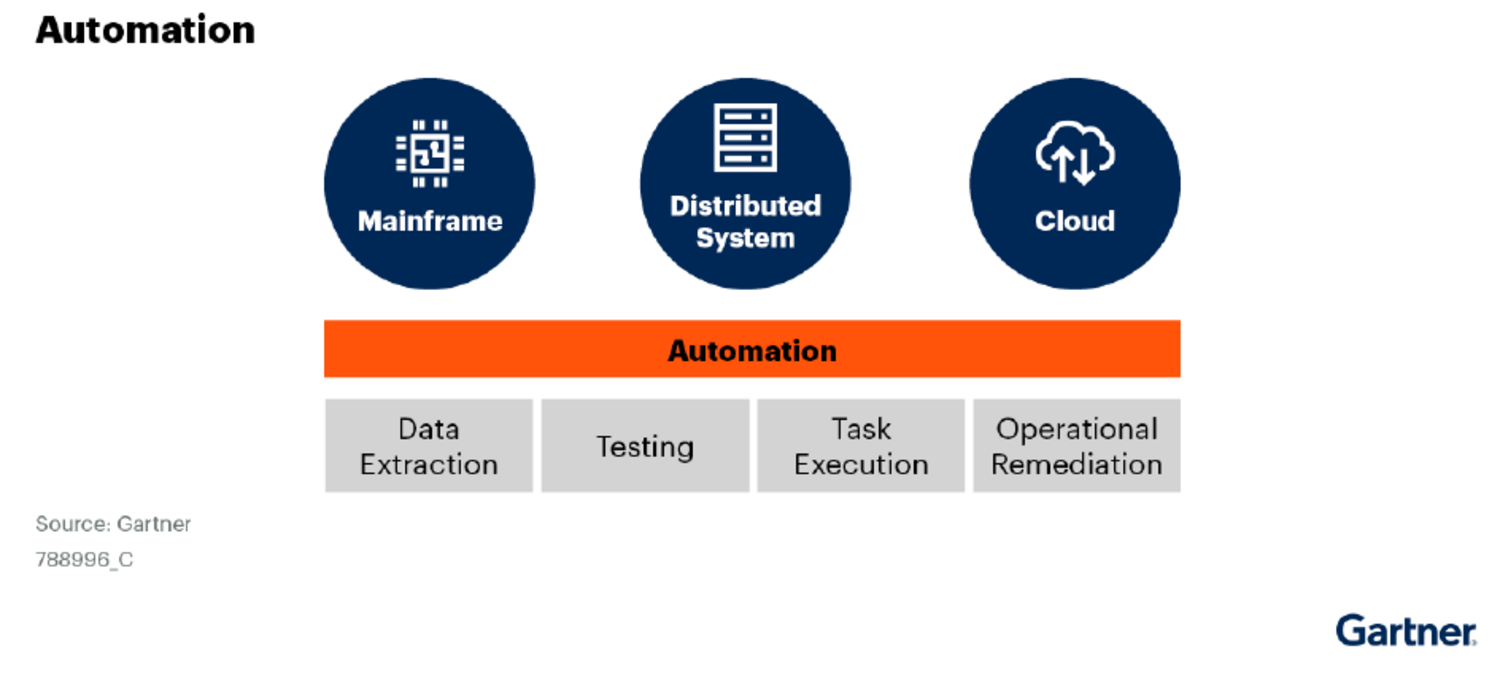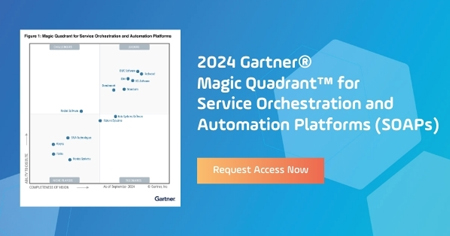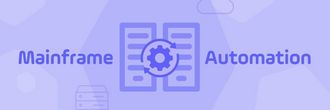Modernize Mainframe Applications: Strategies to Get it Done
Let's look at the benefits of mainframe modernization and explore ways you can modernize your existing mainframe applications.

Mainframe applications have been the cornerstone of IT infrastructures for decades. Yet today's digital transformations bring in cloud computing, microservices, and software-as-a-service solutions. This means the mainframe is entering a new era — where it must work with broader hybrid IT environments.
That's where modernization comes in. Let's look at the benefits, the challenges involved, and approaches you can take to revitalize your legacy systems.
What is Mainframe Modernization?
Mainframe modernization is the process of updating existing legacy applications to meet the needs of an organization's current technology landscape. Modernizing applications enables enterprises to stay competitive, increase agility, and enhance customer experience.
Mainframe modernization projects commonly include one or more of the following strategies:
- Hybrid Cloud Integration: Integrating your mainframe with the cloud offers the best of on-premises and cloud. A hybrid IT model combines the flexibility and scalability of cloud, and maintains the continuity of your mainframe.
- Cloud-Native Architecture: Going cloud-native involves breaking down applications into smaller, more manageable microservices that can be deployed as independent components. This makes it easier to develop and deploy new functionality without overhauling the entire application.
- Container-Based Microservices: Containers provide a lightweight and isolated runtime environment that allows applications to be easily deployed and managed. This approach allows organizations to modernize their systems without completely rearchitecting everything from scratch.
Why Modernize Legacy Mainframe Systems?
There are several benefits gained by modernizing your mainframe footprint:
- Flexible Integration: Mainframe vendors have made it easier to integrate with other infrastructures using containerized micro-services. Additionally, access to real-time webhooks and APIs makes it easier to enhance systems and offer new features to customers.
- Cost Optimization: Existing mainframe systems can be complex, costly, and difficult to maintain. By modernizing, you can adapt to changes quickly, improve automation, and reduce costs. Levering industry standard tools that include an operating model shift that embraces enterprise DevOps and AIOps significantly improves the ROI.
- Workforce Alignment: Legacy language skills (like COBOL) are in short supply. That said, vendors like IBM have made tools like watsonx Code Assistant for Z available to help developers automatically re-factor selected elements of an applications and continue modernizing in COBOL. Modernization opens the door to new programming languages, as well as agile methodologies like DevOps and jobs-as-code.
- Employee Experience: Employees expect their work technologies to be as good as their personal tech. Modernization can enhance customer experience by reducing downtime and making your services more user-friendly.

Mainframe Modernization: Deployment Options Available
There are several ways to modernize your mainframe, each with its own unique benefits and challenges. Choosing the right implementation methodology depends on your organization's capabilities and priorities. According to Gartner, a proper modernization strategy typically falls into one of two categories:
- Caretake: With this approach, the mainframe is not considered strategic, but nothing is being done to retire it either. It’s the middle ground that is really less desirable because it’s less likely to drive innovation forward.
- Leverage: The most common category for most enterprises, leveraging the mainframe is best for organizations where the mainframe can best meet their workload requirements. Using this approach requires enterprises to rationalize their workloads and determine the best compute environment.
Drill-Down on the Leverage Category
Most companies operate in a hybrid IT environment, which means that they leverage both on-prem and cloud infrastructure. A common way to leverage existing mainframe compute resources is to run workloads in both the mainframe and the cloud. For many enterprises, this means using a hybrid cloud strategy.
IBM, the sole remaining mainframe vendor, offers modern developer tools, like IBM Wazi as a Service. IBM Wazi is a cloud-native development and test experience for z/OS in IBM Cloud Virtual Private Cloud (VPC).
Additionally, within the leverage category, a common and risk-averse option is to update applications that either run the mainframe or run on it. Updating or replacing older applications on the mainframe with new or reworked mainframe applications is a relevant and viable option. Many mainframe-focused vendors develop new applications and enhancements to help modernize what a mainframe is capable of.
Can Your Job Scheduler Make the Move?
A common challenge during modernization involves automating old and new environments simultaneously. Mainframe workloads are typically very large. They run mission-critical business processes across the entire organization and cannot stop for any reason.
According to Gartner's How to Pursue Mainframe Modernization Patterns research report, "despite widespread focus on cloud, mainframes continue to support many critical workloads." In the same report, Gartner notes that automation is a key enabler of IT productivity.
For a smooth transition, you need to monitor, optimize, and automate your systems — regardless of where they sit. Unfortunately, many traditional automation tools can't bridge the gap to the cloud. Worse yet, modern cloud schedulers can't connect with on-premises systems.

This conundrum typically puts IT teams on the hunt for an automation solution that can effectively orchestrate workflows across on-prem, cloud, and container-based environments.
“Extend automation tools and processes throughout your IT enterprise. Agility and speed can be achieved without additional headcount.”
Gartner, How to Pursue Mainframe Modernization Patterns
Overcome the Hybrid IT Automation Challenge
A service orchestration and automation platform (SOAP) like Stonebranch Universal Automation Center (UAC) is the perfect complement to your mainframe modernization initiative.
With UAC, you can orchestrate and automate workloads across different infrastructures and applications, enabling greater flexibility and agility. Plus, UAC provides end-to-end visibility and reporting, allowing you to measure the impact of your automation initiatives and optimize performance accordingly. UAC offers:
- Centralized automation across mainframe, containers, and cloud
- Enterprise-grade security, resilience, and governance
- Event-based scheduling for real-time automation
- Role-based access for self-service automation
- Jobs-as-code capabilities to support the DevOps software development lifecycle
- Observability with reports, dashboards, and monitoring
Summary
Mainframe modernization helps you incorporate up-to-date technologies into your IT architecture. But your mainframe applications are not the only thing that needs to be updated. Legacy mainframe schedulers can't bridge the gap to meet the demands of today's hybrid IT environments... but a modern SOAP can.
Want to keep your workflows running when you make the move? Take a look at this Mainframe Modernization data sheet to learn more.
Start Your Automation Initiative Now
Schedule a Live Demo with a Stonebranch Solution Expert





